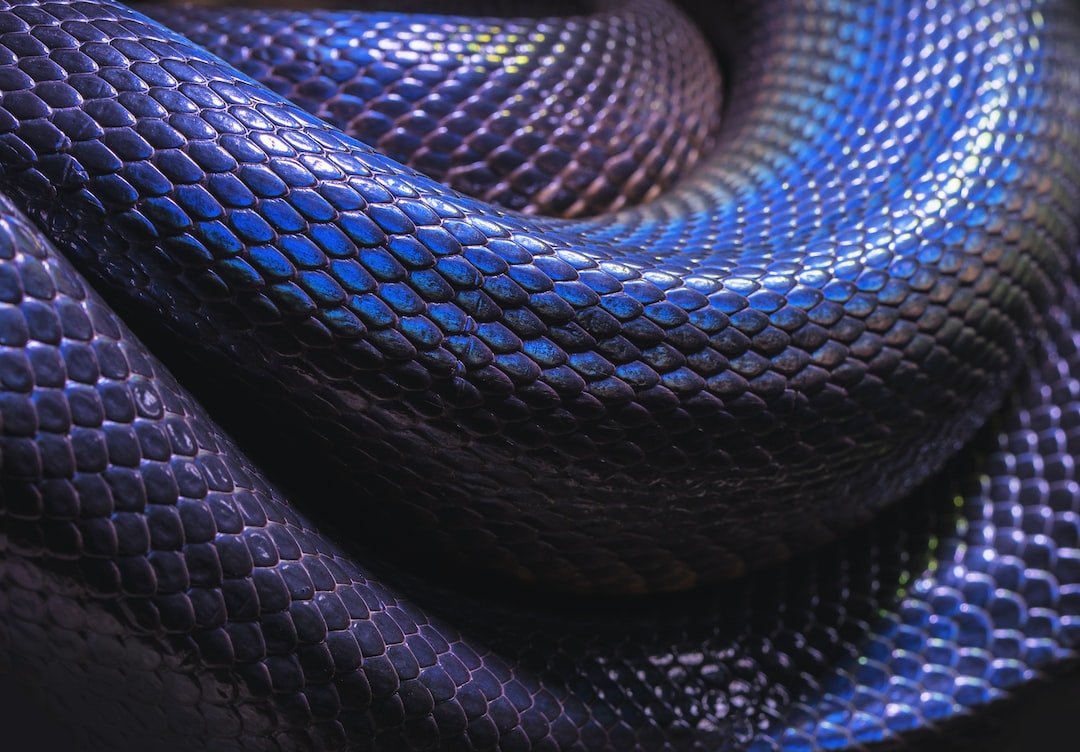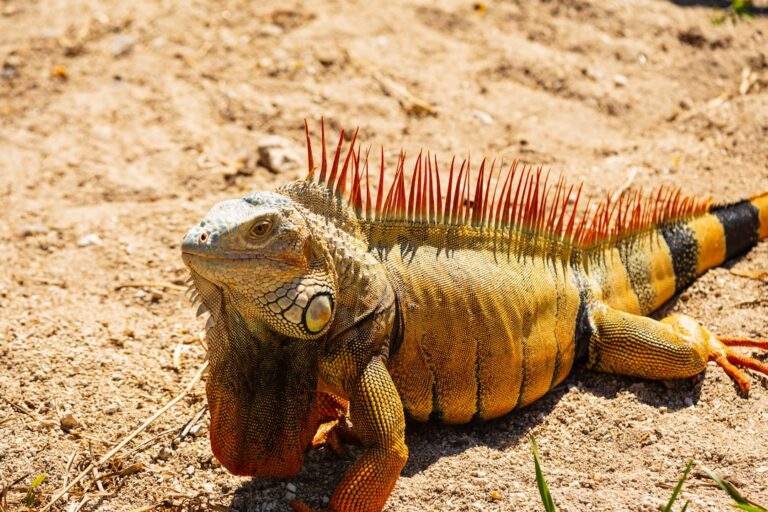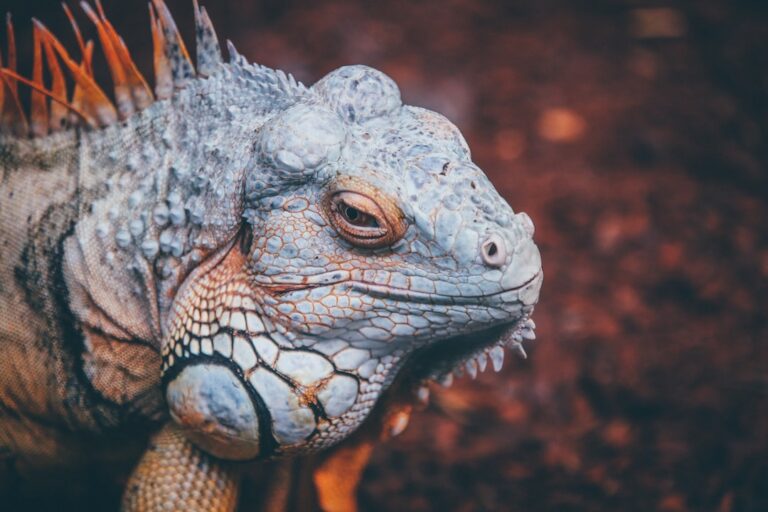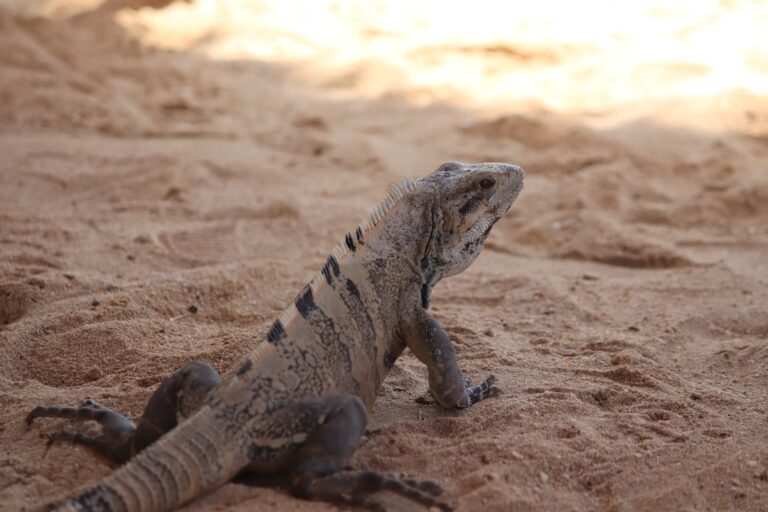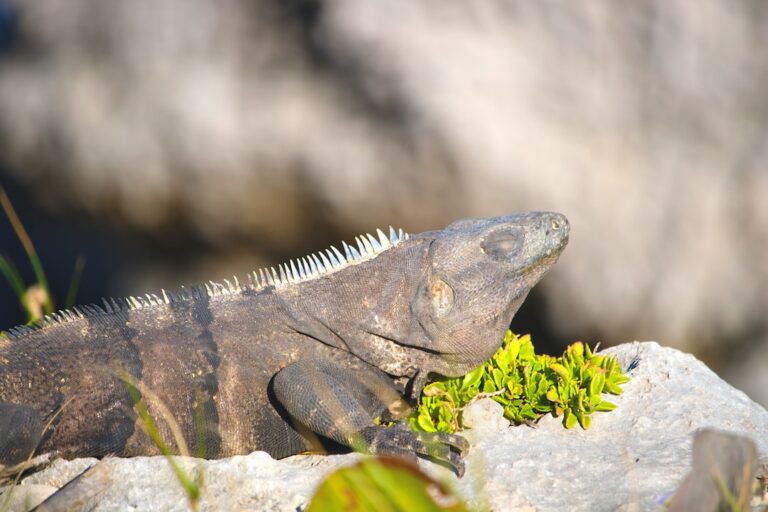Do Iguanas Kill Snakes?
Iguanas and snakes are two fascinating reptiles that are often found in the same habitats. Iguanas are large, herbivorous lizards that are native to tropical regions, while snakes are carnivorous reptiles that can be found in a variety of environments around the world. Understanding the relationship between these two species is important for several reasons, including conservation efforts and maintaining ecosystem balance.
Table of Contents
The Relationship Between Iguanas and Snakes
In the natural world, iguanas and snakes have a predator-prey relationship. Snakes are natural predators of iguanas, as they have the ability to capture and consume them. However, despite this predator-prey dynamic, iguanas and snakes can coexist in the same habitat. This coexistence is possible because both species have adapted to their environment and have developed strategies to avoid or minimize interactions with each other.
In addition to coexisting in the same habitat, iguanas and snakes can also have mutual benefits. For example, iguanas can provide a source of food for snakes, helping to sustain their populations. On the other hand, snakes can help control the population of iguanas by preying on them. This mutual relationship is an important aspect of maintaining ecosystem balance.
Do Iguanas Attack Snakes?
While it is rare for iguanas to attack snakes, there have been instances where this behavior has been observed. One possible reason for this aggression is territoriality. Iguanas are known to be territorial animals and may attack snakes if they perceive them as a threat to their territory or resources.
Another reason for aggression could be competition for resources. If food or shelter is limited in their habitat, iguanas may become more aggressive towards snakes in order to secure these resources for themselves. Additionally, if an iguana feels threatened or cornered by a snake, it may resort to aggression as a means of self-defense.
Can Iguanas Defend Themselves Against Snakes?
Iguanas have several physical and behavioral defenses that they can use to defend themselves against snakes. One of their physical defenses is their strong tail, which they can use to whip or strike at a snake if it gets too close. Iguanas also have sharp claws that they can use to scratch or bite a snake if necessary.
In terms of behavioral defenses, iguanas are known for their ability to flee from predators. They are excellent climbers and can quickly escape into trees or other elevated areas to avoid being captured by a snake. Additionally, iguanas have the ability to change color, which can help them blend into their surroundings and make it more difficult for a snake to spot them.
The Diet of Iguanas and Snakes
Iguanas are primarily herbivorous, meaning they eat a diet consisting mainly of plants and vegetation. They consume a variety of leaves, flowers, fruits, and even bark. On the other hand, snakes are carnivorous and feed on a diet of small mammals, birds, reptiles, and amphibians. They are skilled hunters and use their venom or constriction techniques to capture and subdue their prey.
While iguanas and snakes have different dietary preferences, there is some overlap in their food sources. For example, both species may consume insects or small reptiles as part of their diet. This overlap in food sources can lead to competition between iguanas and snakes for limited resources in their habitat.
Do Iguanas and Snakes Compete for Resources?
Iguanas and snakes can compete for resources such as food and shelter in their shared habitat. This competition can have an impact on population dynamics for both species. If resources are limited, iguanas and snakes may have to compete more intensely for these resources, which can lead to changes in population sizes.
For example, if there is a decrease in the availability of food, both iguanas and snakes may experience a decline in population numbers. This competition for resources can also lead to changes in behavior and habitat use. Iguanas may alter their foraging patterns or seek out new food sources, while snakes may have to travel further distances to find suitable prey.
Iguanas and Snakes in the Wild
In the wild, there are several examples of iguanas and snakes coexisting in the same habitat. One such example is the Galapagos Islands, where marine iguanas and Galapagos snakes can be found together. Despite being natural predators and prey, these two species have found a way to coexist without causing significant harm to each other.
Observations of their interactions in the wild have shown that iguanas are able to detect the presence of snakes and will often flee or take defensive measures to avoid being captured. Snakes, on the other hand, will typically only target iguanas that are injured or weakened, as they are easier prey. This coexistence is a testament to the adaptability and resilience of both species.
What Happens When Iguanas Encounter Snakes?
When iguanas encounter snakes, their response can vary depending on the circumstances. In most cases, iguanas will try to avoid snakes by fleeing or seeking refuge in trees or other elevated areas. They may also use their physical defenses, such as tail whipping or biting, if they feel threatened or cornered by a snake.
Snakes, on the other hand, may exhibit different behaviors when encountering iguanas. Some snakes may actively pursue an iguana as prey, while others may avoid them altogether. The response of a snake to an iguana will depend on factors such as hunger, size difference, and the availability of other prey options.
The Impact of Iguanas on Snake Populations
The presence of iguanas can have both positive and negative effects on snake populations. On one hand, iguanas can provide a source of food for snakes, helping to sustain their populations. This is especially true in environments where other prey options may be limited. On the other hand, if iguana populations become too large, they can put pressure on snake populations by competing for resources.
In terms of maintaining ecosystem balance, iguanas play a role in controlling vegetation growth through their herbivorous diet. This can create open spaces and provide opportunities for other species, including snakes, to thrive. However, if iguana populations become too large, they can have a negative impact on vegetation and disrupt the balance of the ecosystem.
Coexistence of Iguanas and Snakes
Understanding the relationship between iguanas and snakes is important for several reasons. It helps us appreciate the complexity of ecosystems and the interconnectedness of different species. It also allows us to develop strategies for promoting coexistence and maintaining ecosystem balance.
In captivity, it is important to provide appropriate habitats and resources for both iguanas and snakes to minimize competition and stress. In the wild, conservation efforts should focus on preserving habitats and managing populations to ensure the long-term survival of both species.
By studying and appreciating the relationship between iguanas and snakes, we can gain a deeper understanding of the natural world and work towards creating a more harmonious coexistence between humans and wildlife.
If you’re curious about the behavior of iguanas and their interactions with other reptiles, you might be interested in reading the article “Chameleon vs Iguana: A Clash of Reptilian Titans” on Reptile Friend. This article explores the differences between chameleons and iguanas, including their physical characteristics, habitats, and behaviors. It’s a fascinating read for reptile enthusiasts looking to learn more about these unique creatures.

